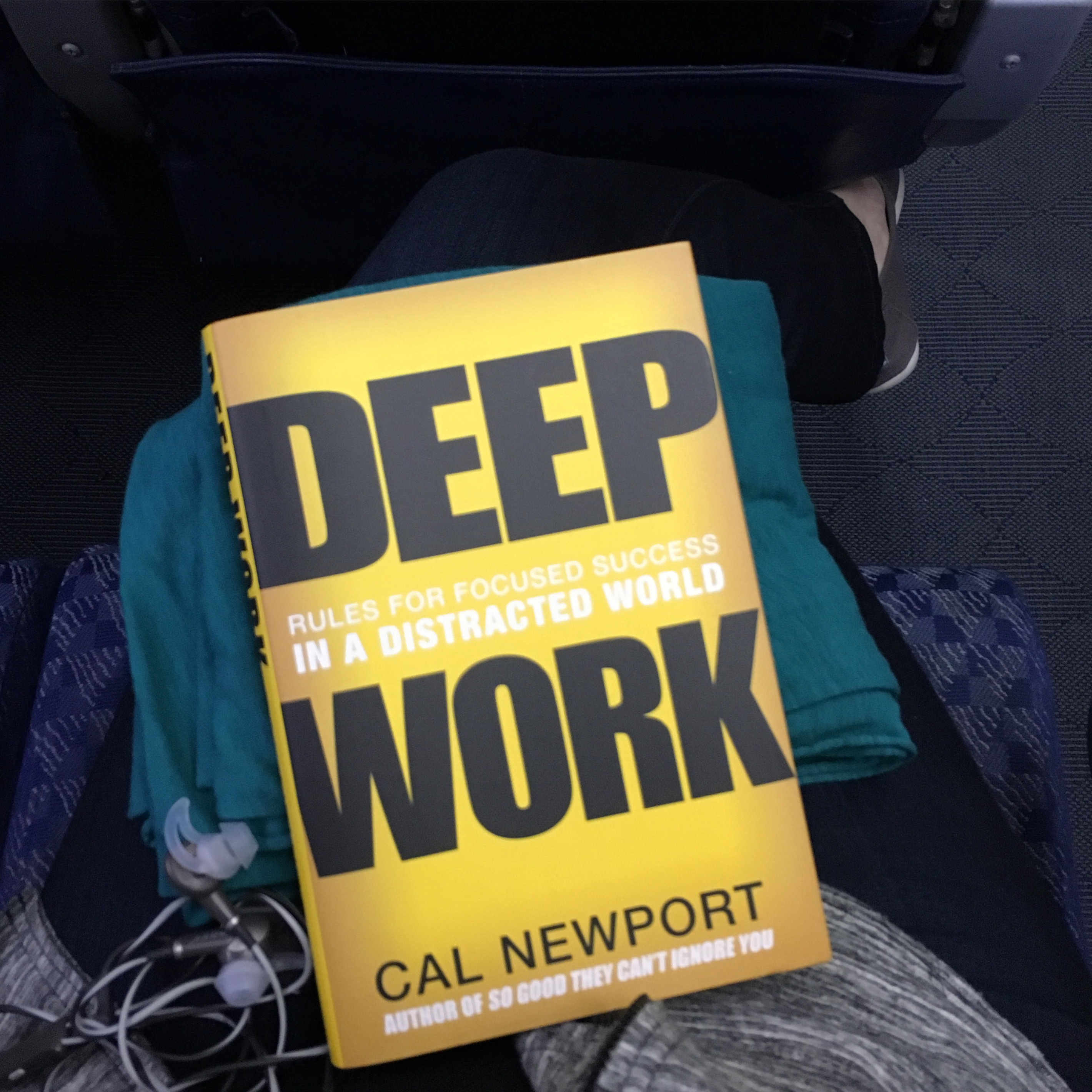
Singapore’s skyline in one direction
We started our trip to Asia in Singapore. The tiny city state often makes the list of great food cities, which I wholeheartedly support, but is usually seen more as layover stop than the destination. I’ve heard it described as sterile, full of modern skyscrapers, and at worst, boring. These critiques seem to come mostly from Singapore’s recent transformation and the modern city center that’s grown out of it, but focusing exclusively on that view of Singapore, misses the point.
This year marks Singapore’s 50th anniversary of independence. Founded as a British colonial trading post due to its strategic position at the southernmost tip of the Malay peninsula, Singapore’s importance and wealth grew quickly. It’s often called the Asian Miracle for it’s dramatic ascent to join the ranks of the richest nations worldwide. It gained independence from the Crown and after a short, but unsuccessful merger with Malaysia, and became a sovereign, independent nation on August 9, 1965.
It’s first prime minister, Lee Kuan Yew a member of the People’s Action Party, then proceeded to rule the country for 31 years. He died earlier this year at the age of 91, bringing widespread international reflection on his legacy. Whether you emphasize the incredible cultural and economic progress he oversaw in the course of one generation or the strong arm, nanny state tactics of his tenure, it’s still hard to argue with his success. Singapore is now a major player on the world stage, even without significant natural resources.
What makes Singapore a fun place to visit, is it’s diverse population (Chinese, Indian, and Malay), the incredible food, and the way it’s colonial and meteoric modern history compliment each other. It’s a melting pot of Asian cultures whose distinct neighborhoods are easily navigated by spectacularly efficient (air-conditioned!) public transit.
Below are a few of my favorite photos, mostly from Singapore’s Little India, Chinatown, and Malay neighborhoods.

Sri Mariamman Temple, the oldest Hindu temple in Singapore.

Holy cow at Sri Mariamman Temple

Little India wakes up

Ganesh, offerings, and oranges in Little India

The colorful House of Tan Teng Niah

Sultan Mosque

Hainanese Chicken Rice at Chin Chin Eating House

Hainanese Chicken Rice Stand at Maxwell Hawker Center

Killiney Coffee, strong and sweet Singaporean coffee with brillant plastic to-go sleeves
